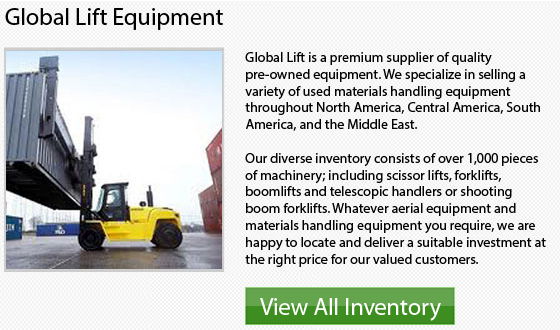
Forklift Controls
Inside any warehouse setting, one of the most common machinery is a lift truck or forklift. These versatile equipment consist of a vehicle together with two split forks at the front which are capable of transporting and carrying heavy items.
Forklifts are able to maneuver in small spaces and capable of lifting things into hard to reach, up high places. Forklifts are still very dangerous equipment and should be used safely at all times, after correct training and certification has taken place.
When new to a forklift, take time to read the owner's handbook and familiarize yourself with the controls. Be sure to take note of the location of every particular control and what specific feature it functions. Nearly all forklifts have two levers that control the forks. The first lever controls the fork height. In order to make the forks go down, the lever must be pushed forward. To move the forks upwards, you simply pull back on the lever.
There is another lever that controls the forks tilt. This tilting capability allows for better distribution of weight. This tilting action helps to keep objects steady and won't allow things to fall off when driving. Furthermore, it helps things slide off while unloading in a more balanced method.
In order to tilt the forks back, you pull the lever back and to be able to tilt the forks forward, you simply push the lever forward. Several forklift models are equipped with a third lever that controls the width of the forks. Each and every one of these levers is situated just to the right of the operator's seat.
Inexperienced operators should take advantage of experienced coworkers who could go over the controls with them. Be certain to do this when the forklift is off and not in use. Ask the trained professional if you have any questions about how something functions.
Watch how the coworker demonstrates the function of each of the controls. Observation is normally the best way to learn a new skill. On hydrostatic lift trucks, notice that to be able to make the machine go, you utilize the gas. And if you want to make it stop, you simply release the gas pedal. There is no brake on these types of lift trucks. There are several hydrostatic models that are outfitted with battery powered engines that shut off when the gas pedal is released. They start up once the gas pedal is pushed again.